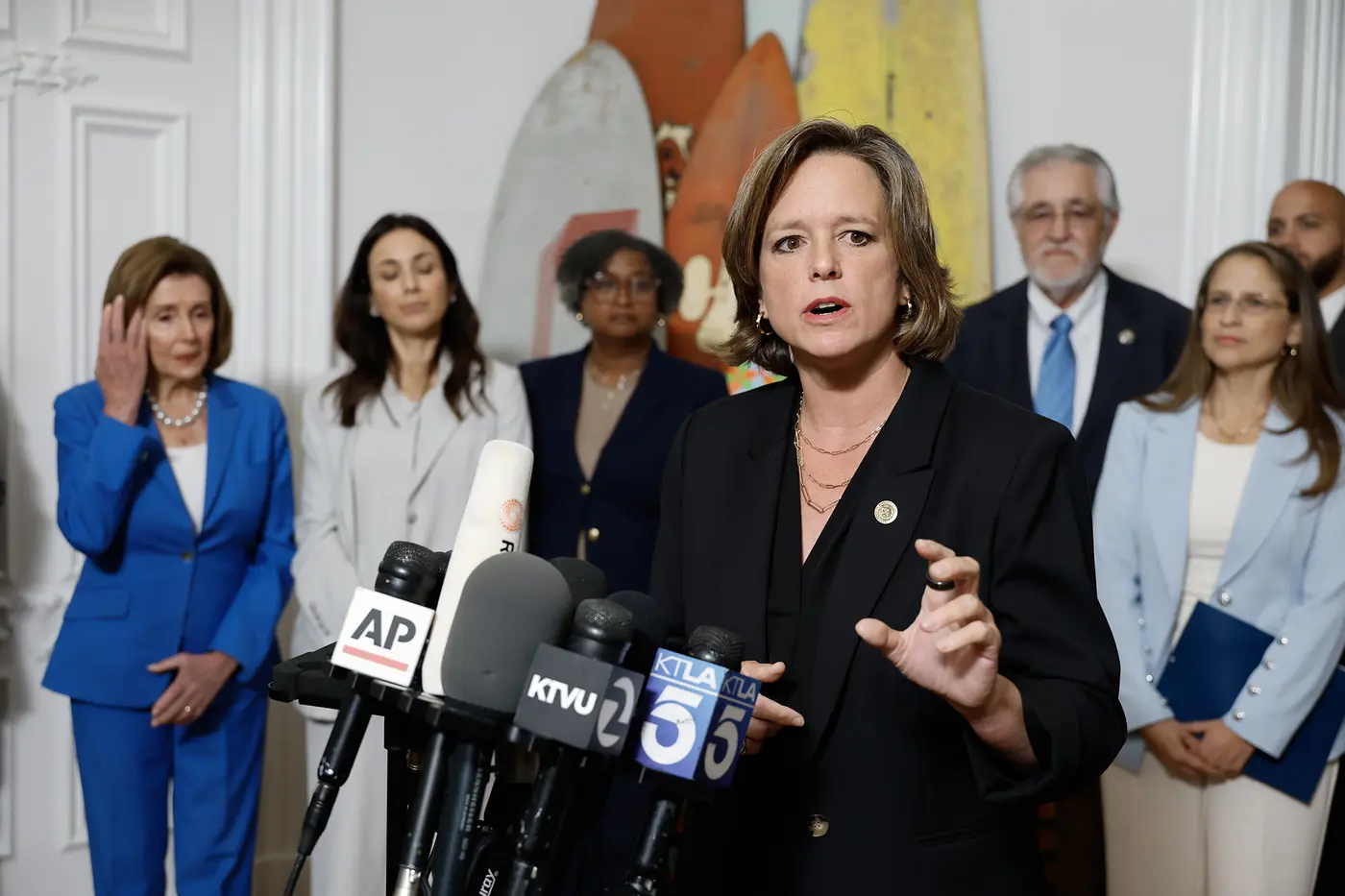T4K3.news
Redistricting Fights Shape Eight States Ahead of 2026 Elections
State leaders push to redraw maps ahead of 2026, but laws and courts may block mid decade changes in several states.
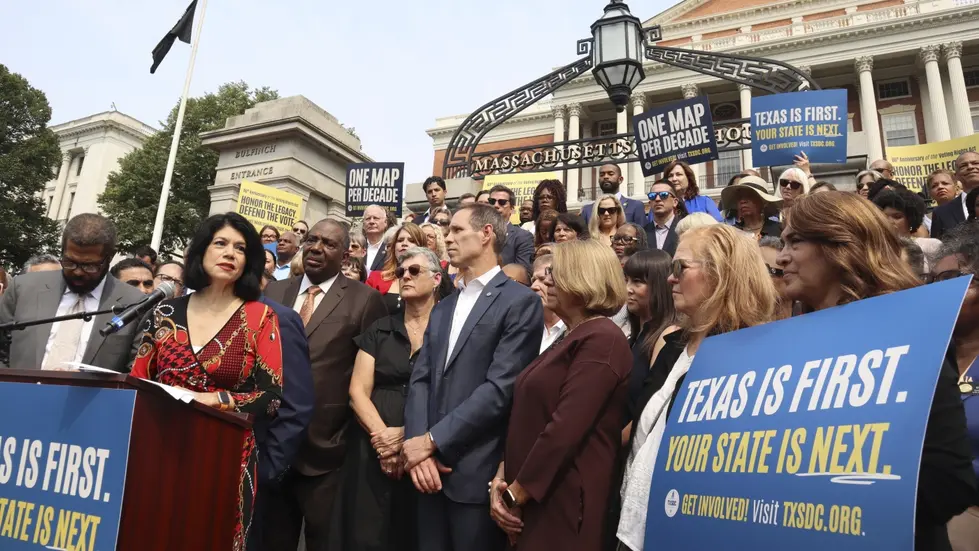
State leaders from both parties push to redraw maps, but laws and court rulings limit mid term redraws in many states.
Redistricting Fights Shape Eight States Ahead of 2026 Elections
Texas remains the focal point of the dispute. Governor Greg Abbott aims to approve a new congressional map before the next vote, while Democratic lawmakers broke quorum to slow the process. The special session is set to end soon, with redistricting again moving to the top of the agenda.
California plans a voter backed path to redraw the map. Governor Newsom hopes to gain seats in a November ballot measure, but the plan requires voter approval and the state has an independent commission that last re drew lines a decade ago. The campaign has split opinion across party lines and advocacy groups.
Missouri may revisit the district held by Emanuel Cleaver in Kansas City. Republicans argue a shift could yield a more favorable map, raising questions about timing and the Voting Rights Act protections. Legal experts worry the change could face court challenges.
Ohio stands apart as the only state with a mid decade redraw possible under reforms from 2018. A bipartisan agreement is required by September, otherwise the Redistricting Commission would take charge. The timeline is tight and the outcome uncertain.
New York faces constitutional limits on gerrymandering and a long path to change the process. State lawmakers would need to pass a constitutional amendment across two legislative sessions and voters would decide, a route that could stretch into 2027. Governor Hochul is weighing options as Republicans press for changes.
Illinois and Indiana show how state specifics shape the fight. Illinois leaders say redistricting is possible but faces political hurdles, while Indiana law binds congressional maps to the first regular session after the census, a constraint Republicans could alter if they choose. A Texas style push could ripple beyond borders.
Florida centers on the Fair Districts Amendments and ongoing court decisions. The state Supreme Court has weighed accusations of race based gerrymandering, prompting a new inquiry led by a select committee to clarify legal limits and enforcement.
Key Takeaways
"We are defending democracy district by district."
Newsom framing the ballot move as a protection of democratic processes.
"The constitution requires that it be done after the decennial census, and it doesn't address whether it can be done at another time."
Jim Layton on timing and constitutional constraints in Missouri.
"If Welch wants to do it, then it will be done."
Illinois House Speaker Welch potential action triggers.
"The speaker and our legislative leadership are playing a dangerous game with our democracy."
Michele Rayner on Florida redistricting debates.
The eight state episode reveals a larger pattern in modern redistricting. Some states lean on independent or court ordered processes, while others use fast tracked political maneuvering that tests constitutional boundaries. The timing of maps, not just their shapes, matters because it affects who sits in power for years. The mix of legal scrutiny and partisan aims means a patchwork approach rather than a single national method.
If mid decade redistricting becomes more common, it could shift the balance of congressional power and shift public trust. Courts, voters, and lawmakers will watch closely to see whether rules can be respected or if politics will outrun the law. The outcome will test how far state politics can bend before it breaks the public faith in democratic processes.
Highlights
- Maps are drawn to shape power, not just lines on a map.
- Timing is a weapon in redistricting and the clock is ticking.
- Democracy works best when rules guide the draw.
- Courts must weigh lines and laws to protect voters' choices.
Redistricting politics risk in states
The piece highlights timing gaps, potential court challenges, and partisan clashes that could affect voters and trust in democratic processes. This will draw scrutiny from lawmakers and the public.
The maps in play will test the strength of rules that guard democratic fairness.
Enjoyed this? Let your friends know!
Related News
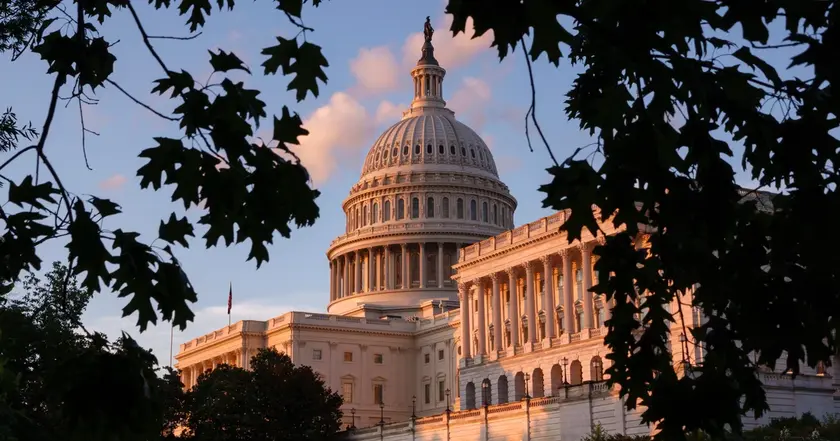
Texas advances controversial redistricting plan
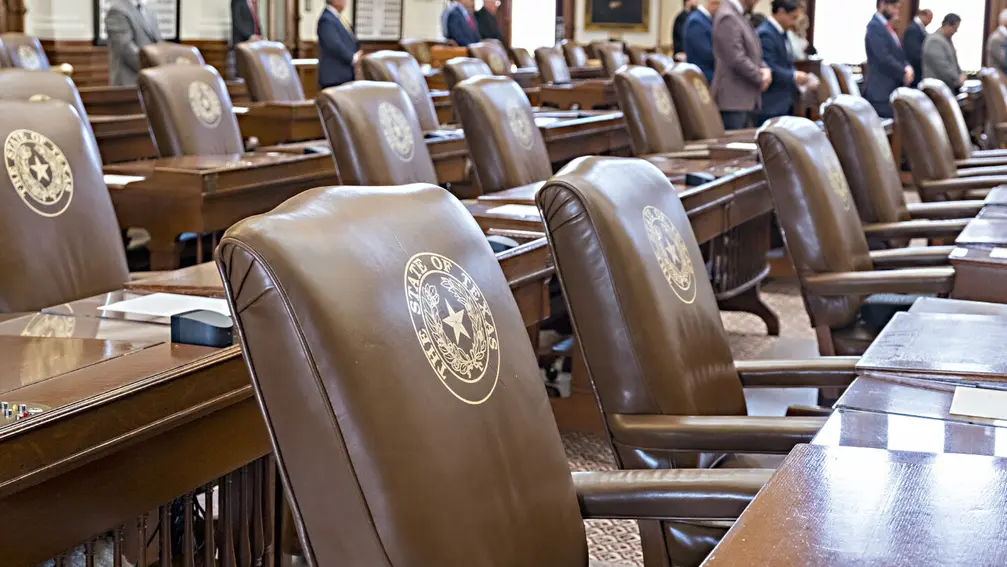
Texas Democrats Travel to California as GOP Vows Escalation
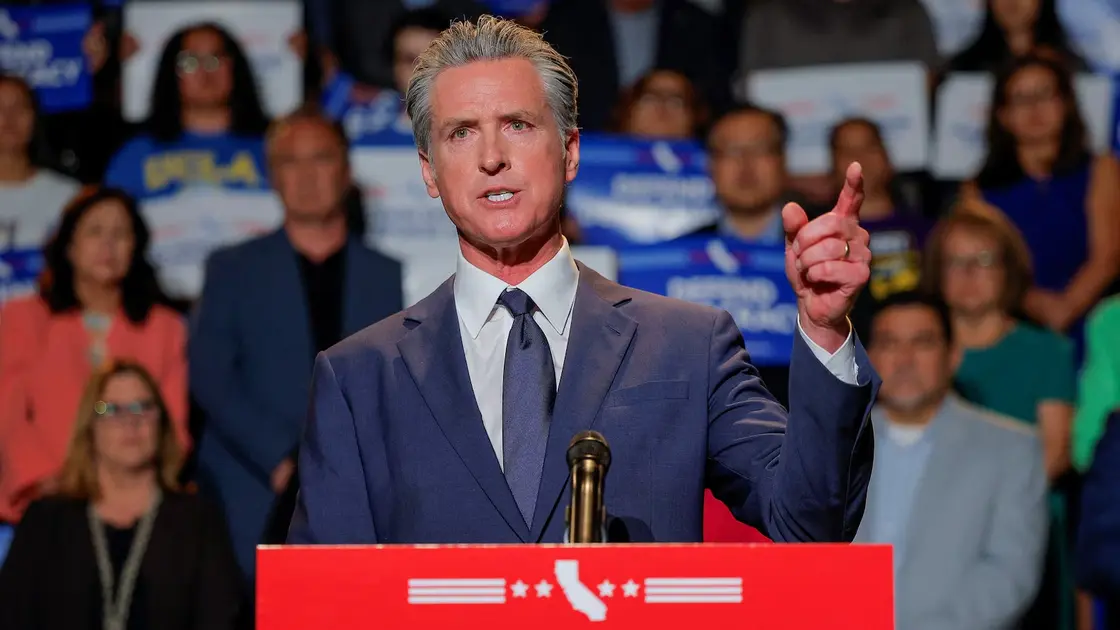
California plans redistricting vote
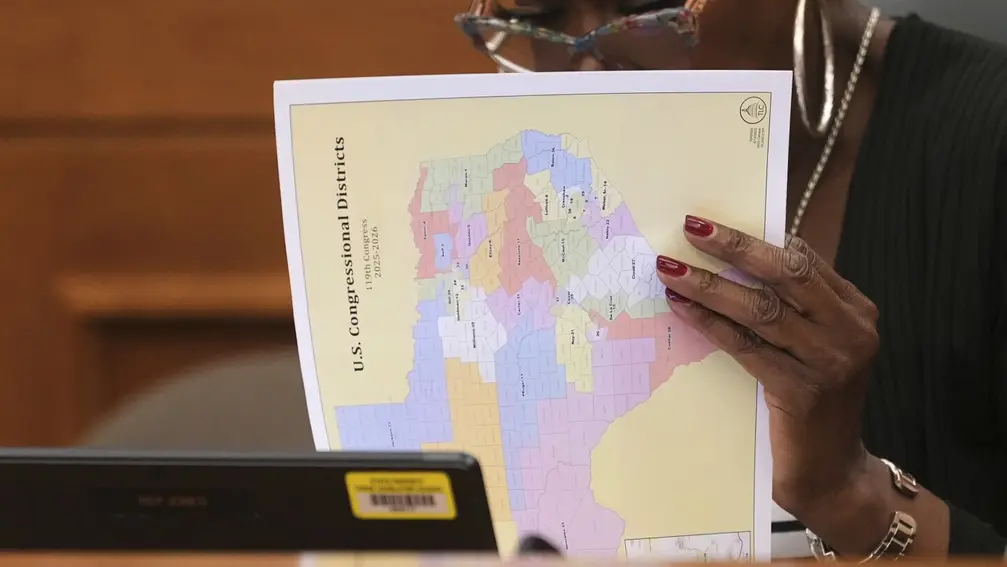
Republicans plan redistricting strategy to secure House

California faces cross state redistricting clash
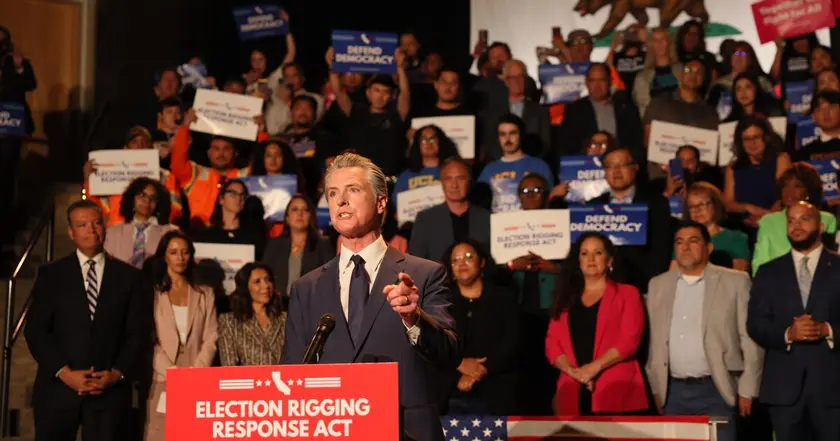
Newsom pushes November ballot to redraw districts
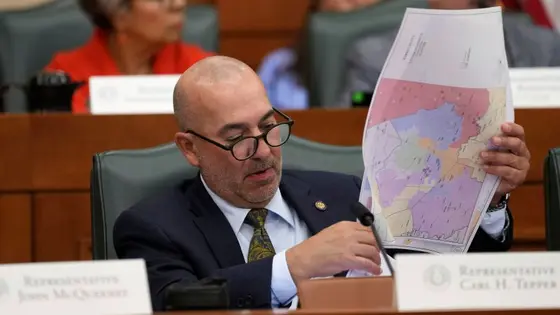
Texas congressional map advances amid party tensions

Texas Republicans move forward with congressional redistricting
